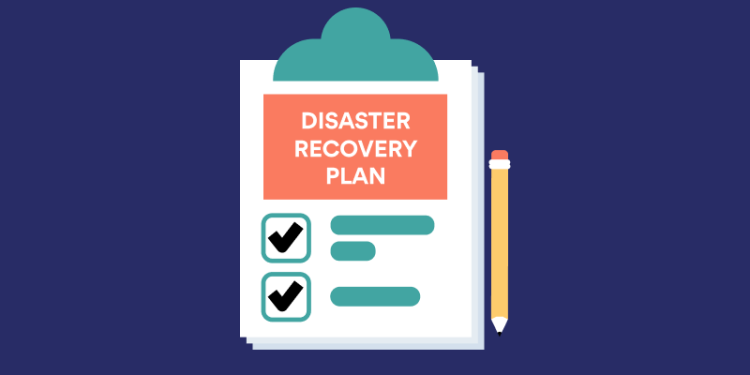Disaster Recovery Planning: Don’t Wait for a Crash

Understanding Disaster Recovery in the Digital Age
Server downtime in today’s rapidly changing online world means more than just an inconvenience it is a complete business operation’s threat. Disaster recovery planning, whether applied to e commerce sites, applications, or even a minecraft server list, promises the systems’ fast recovery after a crash. The worst mistake that a business can make is waiting for something to go wrong. Proactively planning instead, will lead to saving time, money, and reputation.
Why Every Business Needs a Recovery Plan
An all inclusive disaster recovery plan prescribes the actions to take if your server or data is no longer accessible because of issues coming from hardware, natural disasters, or cyber battles. A lot of companies underestimating the downtime cost lost productivity, reputation damage, and unhappy customers can easily push a brand back to where it started.
Data backups, offsite replication, and continual testing of the recovering procedures guarantee that the data is restored in no time at all. Even small businesses and those relying on online communities like hosting a minecraft server list, gain a lot from these preventive measures.
Key Components of a Solid Recovery Strategy
The companies when are making a recovery plan should direct their attention to the three key elements:
- Data Backup and Replication: Important data will be auto backed up in real time and kept in a remote or cloud server.
- Recovery Time Objective (RTO) and Recovery Point Objective (RPO): Acceptable limits for the time taken to restore service and the amount of data loss should be defined.
- Failover Systems: Installation of backup servers that will instantly take over when the central one is out of service.
Besides, if the security is done regularly and the system is always updated, then the vulnerabilities that were not noticed before will be caught and the disasters will be avoided. In case any Minecraft server list is at various places, gamers will not experience any downtime of the service if the server is off.
Testing, Monitoring, and Continuous Improvement
It is quite certain that if there is no regular testing of the recovery from the disaster plan, the failure of that plan cannot be regarded as a success. Act out failure situations frequently to verify that the backup, the switchover and the emergency procedures are operating correctly. The IT department of the company can be informed about a minor issue through real time monitoring tools before it develops and the server goes down completely.
Disaster recovery should be regarded as a continuous process that needs daily planning, not a one time setup for organizations with large scale applications, cloud environments, or Minecraft server lists. Innovation in technology calls for changes in the plan too.
Final Thoughts
Disaster recovery planning is no longer a choice it is an integral part of responsible server management. To be able to flush out disasters, one has to be smart about it, conduct tests, and be committed to the point that no crash can disrupt your business continuity. Go ahead and start building your recovery plan today before the disaster strikes.






